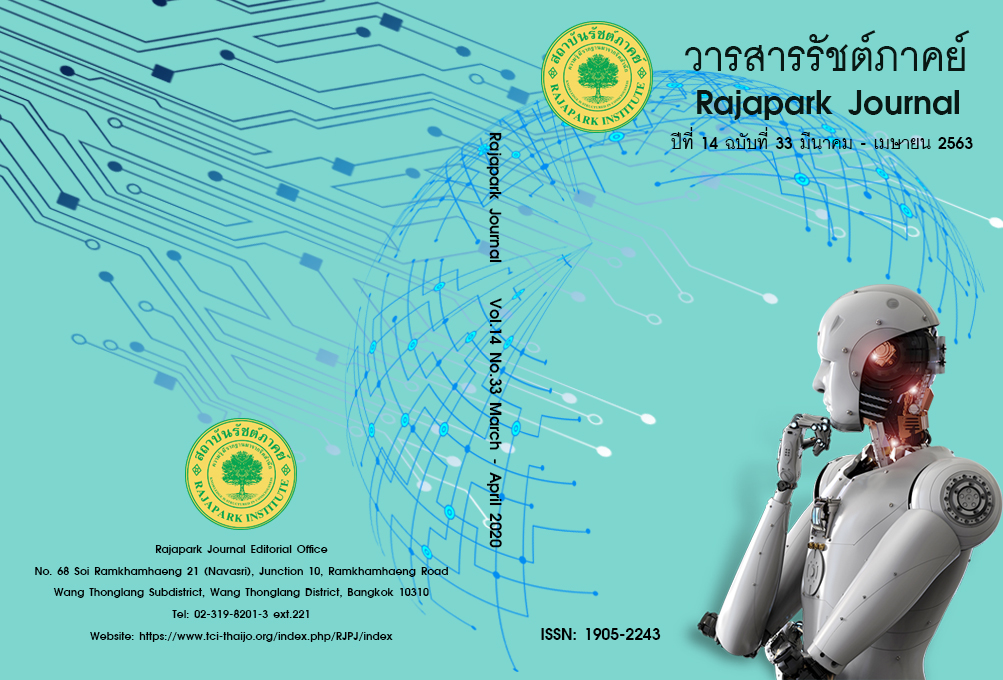Study the Use of CIPP Model of 5S to Improve the Quality Seka Industrial and Community Education College
Main Article Content
Abstract
The Objective of this Research was to study the use of 5S to improve the quality of Seka Vocational College, Bueng Kan province. This study is focused on contextual evaluation, input evaluation, process evaluation and production evaluation, identification of problems, suggested solutions and the acceptance of the college staff. The population was 900 administrators, teachers, staff, officers, janitors, students and external personnel who come into contact the work. A sample was selected from 393 people were included as a sample, comprising individual from the administrative panel, 38 teachers, 19 college staff, 7 college workers, 271 students and 30 general college visitors. The sample was selected using purposive sampling and the instruments used were questionnaire and interview. Moreover, the information was analyzed by using SPSS for Windows to obtain Mean (X) and Percentages. The results of the study were as follows: Context evaluation was the most successful and indicated that 5S relates to college policies, aims, and activities, input evaluation were the most successful as well and indicated that policies have been clearly set up, process evaluation was good. The highest indicator in this area of the study was 5S and faculty department and production evaluation was the most successful. The highest indicator in this area of the study was used 5S regularly. However, the study found many barriers to the improvement of quality in this college. The most serious was the shortage of staff that also found 5 different areas that required support. The most important of which were budgetary constraint. The most important suggestions offered by 393 people included the sample need to be implemented together with the enforcement of punishment rule breakers; Staff acceptation for using 5S were very high especially its focus on working as a team.
Article Details
Views and opinions appearing in the Journal it is the responsibility of the author of the article, and does not constitute the view and responsibility of the editorial team.


